Cleaning
How To Stop Bugs And Spiders From Triggering Motion Cameras
We recently installed a high-tech security system after a pretty terrifying home invasion. It’s incredible what these cameras can do and what they can pick up. The camera quality is extremely clear, and I was thrilled with the system and the peace of mind it gave us, especially after such a traumatic experience. Our motion sensors are triggered whenever anyone walks on the drive, back garden, patio, and side gate, and it truly is amazing. You can get notifications to your Apple Watch, which is excellent for nighttime as you get woken up with the vibration and a high-pitched sound to alert if there are any intruders. Sounds great, right? It was all fine and dandy until one night, we were woken up approximately every 15 minutes during the night. We checked the cameras at 4:00 a.m. and realized that a spider had made its web across the camera and was weaving in and out. Since then, they’ve been multiple spiders building webs across each of our cameras, some of which are too high for us to reach. The ones on the ground floor we can reach to dust, however, the ones situated at the top of the house are virtually impossible to reach, so we needed a solution, especially for those triggers set off by flying insects! The question was, how do we stop bugs from triggering motion cameras?
This post contains affiliate links, and The Organizer UK may earn commissions for purchases made through the links in this post. For more details, see here. Thank you so much for your support!
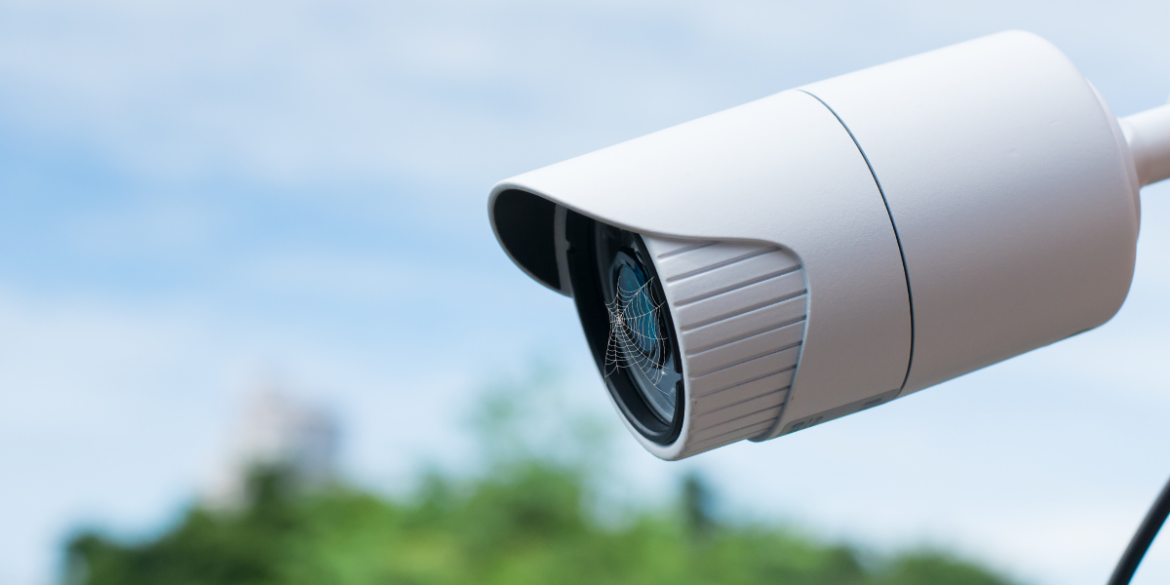
How to stop bugs from triggering motion cameras
After doing some research, we came across a few options to keep spiders and flying insects off your CCTV cameras.
- Turn off your CCTV security light.
Flying insects and nighttime bugs are attracted to the lights around your camera system. An excellent way to stop any false alerts from flying insects is to turn off the lights so the insects won’t trigger any false movement, and you won’t get any flying bugs flying around your night vision camera. This is one of the best to keep flying bugs from security cameras, but it’s not ideal if you want to catch burglars!
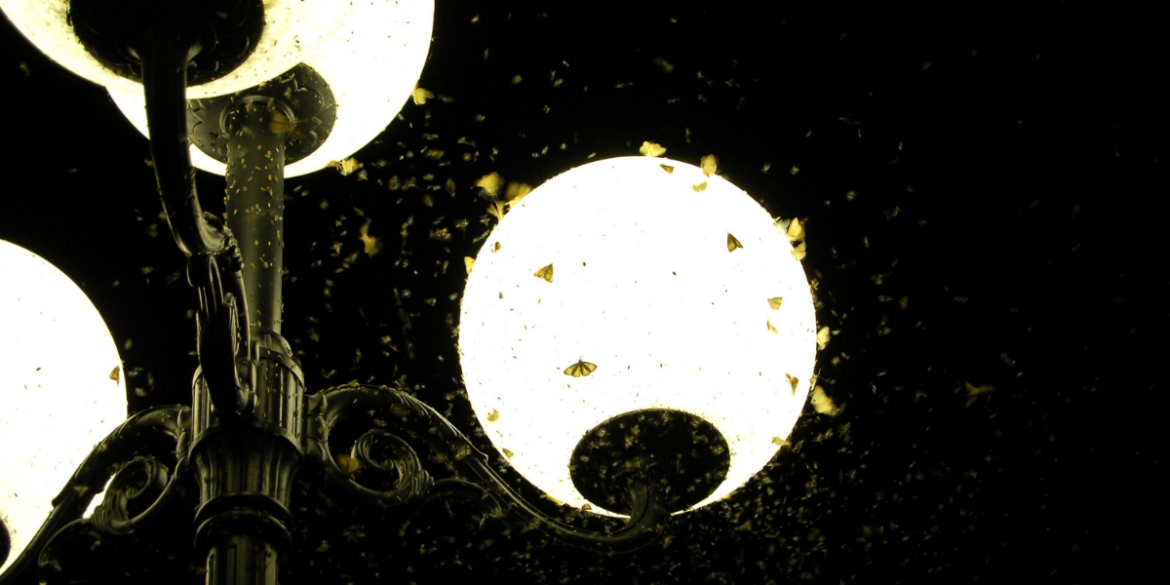
- Vaseline.
Smearing Vaseline on the CCTV’s camera casing is a popular way to prevent walking insects like spiders from building webs. The slippery surface stops the spiders from adhering to the CCTV camera and therefore stops them from forming a web over the front of your screen.
After thinking about this method for a short time, I realized that this might cause a few problems if the Vaseline comes into contact with the camera’s front surface and may impair the vision completely. It may also cause problems if the engineer came to fix or service the cameras for any reason. - WD40 spray lubricant.
A spray lubricant like this one works in the same way as the Vaseline to create a slippery barrier on the CCTV outer casing, but beware again of getting it on the camera lens!
- CCTV spider killer spray.
This fast and effective CCTV spider spray lasts for up to 6 Weeks on surfaces and kills all types of spiders. It is ideal for indoor and outdoor use.
This spray was a definite no for me, I love spiders, and there’s absolutely no way I would ever kill one, so this was a total no-brainer for me. I definitely wouldn’t want to be spraying any spiders to kill them, so I thought a spider repellant might work better for me. - CCTV Spider repellant.
This web-free spider repellant seems like a more humane way to stop spiders from building webs on your CCTV cameras.
The spray deters spiders and prevents them from building webs on the sprayed areas.
It is perfect for using around CCTV cameras to prevent spiders from causing annoying motion notifications or building webs that obscure the camera’s view. It is a biodegradable formula that breaks down spider webs and their feces to remove them quickly and efficiently.
This spray leaves behind an invisible film to deter the spiders and make it harder for spiders to return and rebuild their webs.
It doesn’t stain, and it is non-toxic, so you can use it in your home, outdoors, around CCTV cameras, and anywhere else you’d like to discourage your eight-legged friends from settling! - Conkers.
It’s been thought for centuries that spiders and bugs don’t like the smell of conkers. The advice was to hang bags of conkers outside your camera to prevent the spiders from building a nest under the web. This is all very good, but I didn’t fancy the idea of lots of bags of conkers hanging on the front of my house, making it look messy and untidy, so I decided against this old wives’ tale!
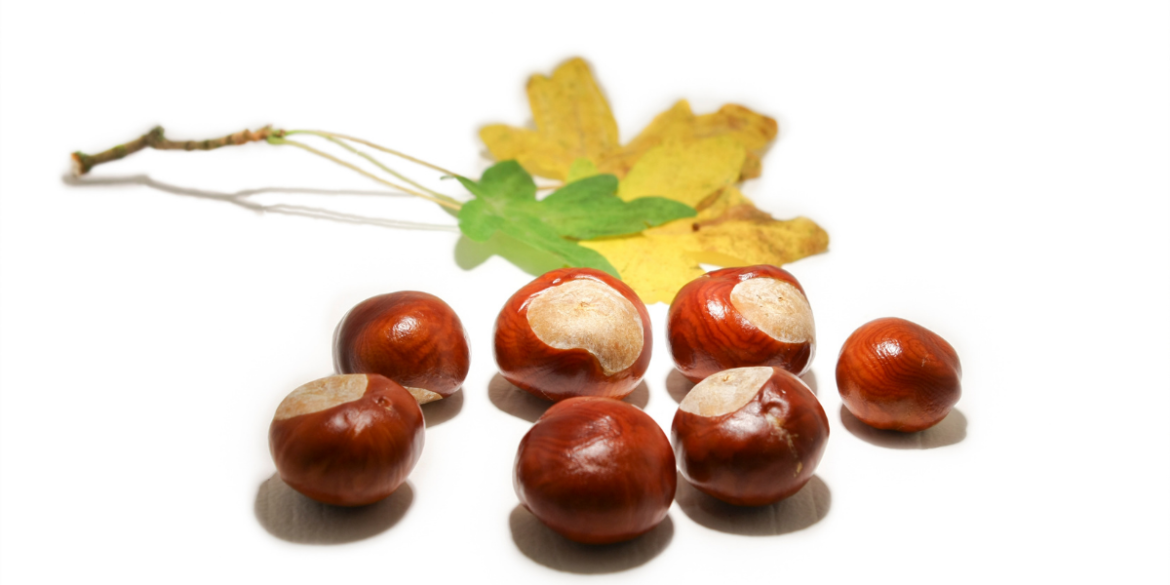
- Dryer sheets.
Tying dryer sheets around the edges of your infrared security camera and securing them with a rubber band will keep spiders and bugs from crawling over your CCTV security cameras. This is all very well, but again, I do not want to have dryer sheets tied on the outside of my house for aesthetic reasons.
- Essential oils.
If you are wondering how to make a spider repellant at home, consider using essential oils.
Spiders and bugs do not like the smell of peppermint oil or lemon oil, and I was advised that you spread the oil around the outer rim of your camera as you would vaseline or WD40. This worried me a little bit as I didn’t want a misty build-up of oil or debris sticking to it making a mess of the cameras, so I decided to avoid this method as well! - A flea collar.
If you don’t mind the look of a flea collar draped around your security camera, this is another way you can prevent bugs and spiders from building a web over your camera lens. There are silicone flea and tick collars like this grey one which wouldn’t look too intrusive.
- A telescopic duster.
With all these preventative measures not hitting the mark when it came to stopping bugs from triggering my motion sensors, what was I going to do to get rid of the bugs and the cobwebs hanging over my CCTV?
Well, I decided that there was not much we could do to stop these little critters from forming webs but what we could do was keep our cameras free and clean from any cobwebs and debris.
So I decided to use a duster like this one with a very soft head on it, and I dusted every couple of days or so, or if I saw a cobweb on the camera, I would go and dust it.
Now, this worked out really well until we had a cobweb on the upper floor of the building, which was far too high for me to reach with my little duster. I even asked my spouse to hang out the window, which wasn’t very safe!
So I needed a solution to get to the top floor, so I ordered this fluffy telescopic duster.
The pole of the duster is extendable, and you can extend it from 30 inches to 100 inches, so I can clean the high cameras easily without needing to stand on a chair.
The head of the duster is flexible and bendable. You can bend the microfiber feather duster to different angles to help you to clean the tricky hard-to-clean places.
You can detach the duster into the pole and head to make it easy to store.
You can detach the head from the duster and hand wash it with warm water and air dry.
So all I do is go out every couple of days and clear round the camera flashes, this only takes a couple of seconds. I can also reach any cobwebs around my windows too. It’s not perfect as it doesn’t prevent any of the critters and bugs on my CCTV, but I’m not too worried, I’m happy to go around with my fluffy duster, getting rid of them as they appear and enjoy a sleepless night with no false alarms!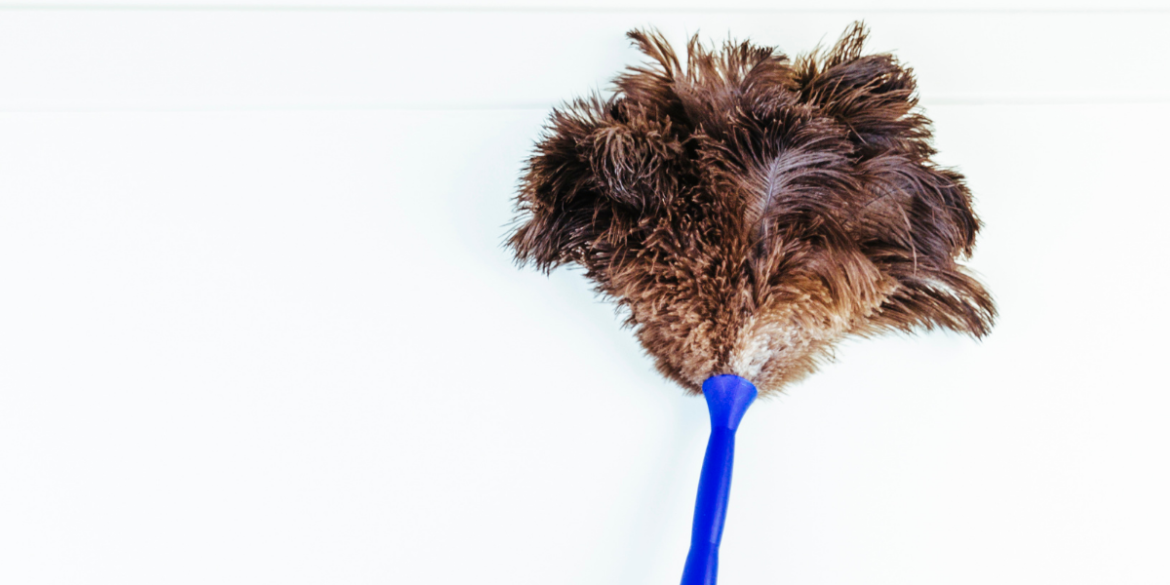
If you enjoyed this post or have anything questions to ask about stopping bugs from triggering your motion cameras, leave a comment below.
Frequently asked questions and answers.
A simple way to stop your CCTV from attracting flying insects and bugs would be to switch off the light underneath your camera, however, you might find that this interferes with the quality of your footage.
Cameras can be set off by bugs that fly at night, rain, snow, and cobwebs. It is best to keep on top of cleaning your cameras to prevent a build-up of debris and webs. Ensure that washing lines do not obscure your cameras and keep overhanging branches trimmed.
It’s pretty common for moths to set off the camera motion trigger. A moth is a bug that flies at night and is attracted to bright lights, so it will love your motion detector camera. It hovers around the bright light and will trigger the motion detector as soon as it comes into view. The problem is that once they find the light, they like to hang around there for ages. You’ll probably find that you will have quite a few false alarms during the night. The best way to stop bugs from triggering motion sensors is to turn off the lights on your motion detector camera.
Sometimes the rain sets off false alerts from your security cameras, which is particularly annoying because you think you have an intrusion detection. This tends to be notably worse when the rain has stuck to a cobweb, so the best way of preventing this is to keep the cobwebs at bay by using this spider repellant spray.
You will also like
-
Calling all dog owners: How to clean fake grass

If you own a beautiful artificial grass lawn, then cleaning it is as essential as keeping real grass well-maintained. Controlling pets is part of this process and can be one of the most challenging tasks, given that dog pee or poop on fake turf causes unpleasant odors and messes. We’re here to help with our…
-
How to clean artificial flowers the easy way

Do you love adding flowers to your household decorations but want a way to save time and money? Artificial flowers are an excellent alternative, as they offer the chance to spruce up any room without needing daily care. But it’s important that if you use faux blooms, then you keep them in good condition. To…
-
How to cook a gammon joint in a slow cooker

Are you a novice cook and want to learn how to make delicious gammon joint in a slow cooker? If so, then you are in the right place! Cooking gammon joint in a slow cooker is an easy way for anyone to prepare tasty dishes on busy weeknights or lazy weekends. In this blog post,…
-
How to clean mold out of a fridge
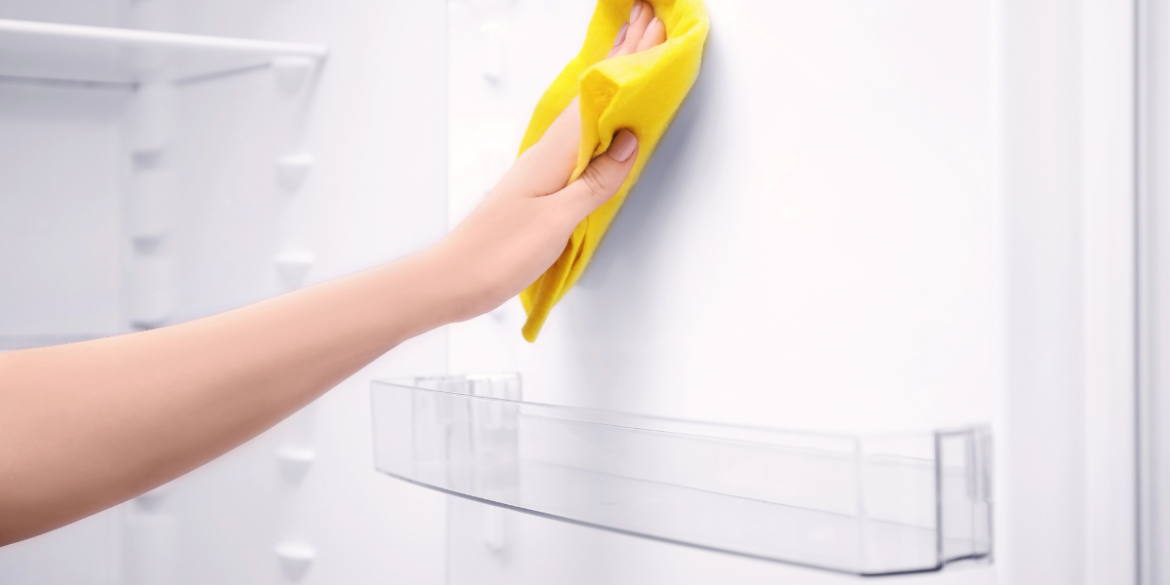
Mold is a common problem in refrigerators and can be a major headache if not dealt with properly. Mold must be dealt with promptly and efficiently to avoid health problems. If you notice a musty smell, visible growth, or fungus spots in your refrigerator, it may indicate the presence of mold. So what do you…
- Calling all dog owners: How to clean fake grass
- How to clean artificial flowers the easy way
- How to cook a gammon joint in a slow cooker
- How to clean mold out of a fridge
- How to get crayon off wood: Easy ways!

